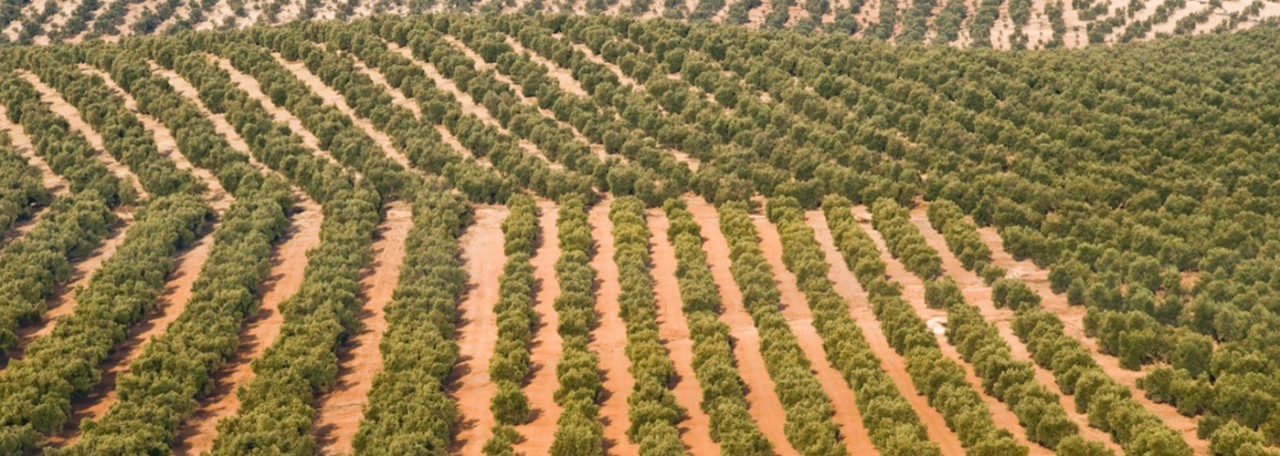.png.transform/rendition-xs/image_image%20(1).png)
Estepa PDO
Extra virgin olive oil, obtained from the fruit of the following varieties of olive: Hojiblanca, Manzanilla, Arbequina, Picual (also known as Marteña) and Lechín.
Tasting notes
Hojiblanca is considered to be the main variety, giving the oil its specific characteristics and many of its distinctive qualities. This type of oil has aromas and flavors of fresh and/or ripe fruits and may be slightly bitter and/or spicy, or slightly sweet.
Other notes
- Organoleptic score: greater or equal to 7.
- Acidity: up to 0.3%, maximum.
- Peroxide index: maximum 15 m.e.g. of active oxygen per kilogram of oil.
- Ultra-violet absorption (K270): maximum 0.18%.
Production / Processing method
The groves are normally planted in the traditional way, in a 12 x 12 staggered pattern. New intensive groves have much higher densities and therefore much smaller planting patterns.
Fertilization is carried out in winter, after the harvest. More intensively planted groves have generally led to an increase in irrigation. Irrigation systems are in almost all cases localized systems.
The shape of the olive trees is a result of the types of pruning used, which involve removing large cuts of wood from the trunk, known as goblet pruning and rational pruning.
Early harvesting is done with care, collecting the fruit directly from the tree when it is fully ripe. The traditional harvesting methods of beating with poles, hand picking or vibration are used. For the protected designation of origin oil, only healthy fruit is used, collected straight from the tree (olives known as soleo, which have come into contact with the ground, are not used).
The fruit is always transported in bulk in trailers or rigid containers. The olives are then pressed at the registered mills within 24 hours of harvesting.
The preparation stages involved in making extra virgin olive oil are the following: crushing; beating the paste; cold pressing at a temperature of 28ºC / 82.4º F; centrifugation and storage, preferably in stainless steel tanks to preserve all its natural properties. The process is a completely natural one of obtaining authentic olive juice, with no kind of chemical treatment or additives.
The oil is then stored in tanks until it is packed.
Geography / Relief and climate
The climate in the protected area is typically Mediterranean, with mild winters, very hot summers and irregular rainfall, around 600 mm per year. Land relief varies depending on the area, from flat land on the banks of the river Genil to the first foothills of the Subbaetic mountain system, producing an extremely diverse range of oils.
Regulatory Council
Consejo Regulador de la DOP Estepa
Polígono Industrial Sierra Sur
Avda. del Mantecado s/n
Edificio Centro de Empresas
41560 Estepa (Sevilla)
Tel: (+34) 955 912 630
comunicacion@doestepa.es
www.doestepa.es
Sources:
- Spanish Ministry of Agriculture
For the protected designation of origin oil, only healthy fruit is used, collected straight from the tree.


- Estepa 1
- Estepa 2

Estepa (Andalusia)
